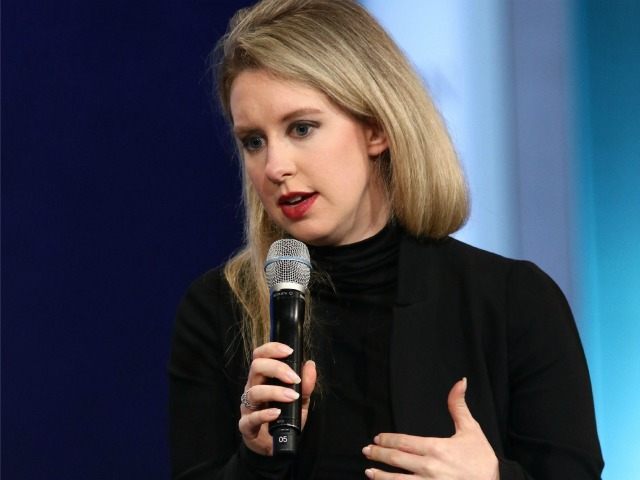From Nick Bilton writing at Vanity Fair:
It was late morning on Friday, October 16, when Elizabeth Holmes realized that she had no other choice. She finally had to address her employees at Theranos, the blood-testing start-up that she had founded as a 19-year-old Stanford dropout, which was now valued at some $9 billion. Two days earlier, a damning report published in The Wall Street Journal had alleged that the company was, in effect, a sham—that its vaunted core technology was actually faulty and that Theranos administered almost all of its blood tests using competitors’ equipment.
The article created tremors throughout Silicon Valley, where Holmes, the world’s youngest self-made female billionaire, had become a near universally praised figure. Curiosity about the veracity of the Journal story was also bubbling throughout the company’s mustard-and-green Palo Alto headquarters, which was nearing the end of a $6.7 million renovation. Everyone at Theranos, from its scientists to its marketers, wondered what to make of it all.
For two days, according to insiders, Holmes, who is now 32, had refused to address these concerns. Instead, she remained largely holed up in a conference room, surrounded by her inner circle. Half-empty food containers and cups of stale coffee and green juice were strewn on the table as she strategized with a phalanx of trusted advisers, including Ramesh “Sunny” Balwani, then Theranos’s president and C.O.O.; Heather King, the company’s general counsel; lawyers from Boies, Schiller & Flexner, the intrepid law firm; and crisis-management consultants. Most of the people in the war room had been there for two days and nights straight, according to an insider, leaving mainly to shower or make a feeble attempt at a couple of hours of shut-eye. There was also an uncomfortable chill in the room. At Theranos, Holmes preferred that the temperature be maintained in the mid-60s, which facilitated her preferred daily uniform of a black turtleneck with a puffy black vest—a homogeneity that she had borrowed from her idol, the late Steve Jobs.
Read the rest of the story at Vanity Fair.

COMMENTS
Please let us know if you're having issues with commenting.